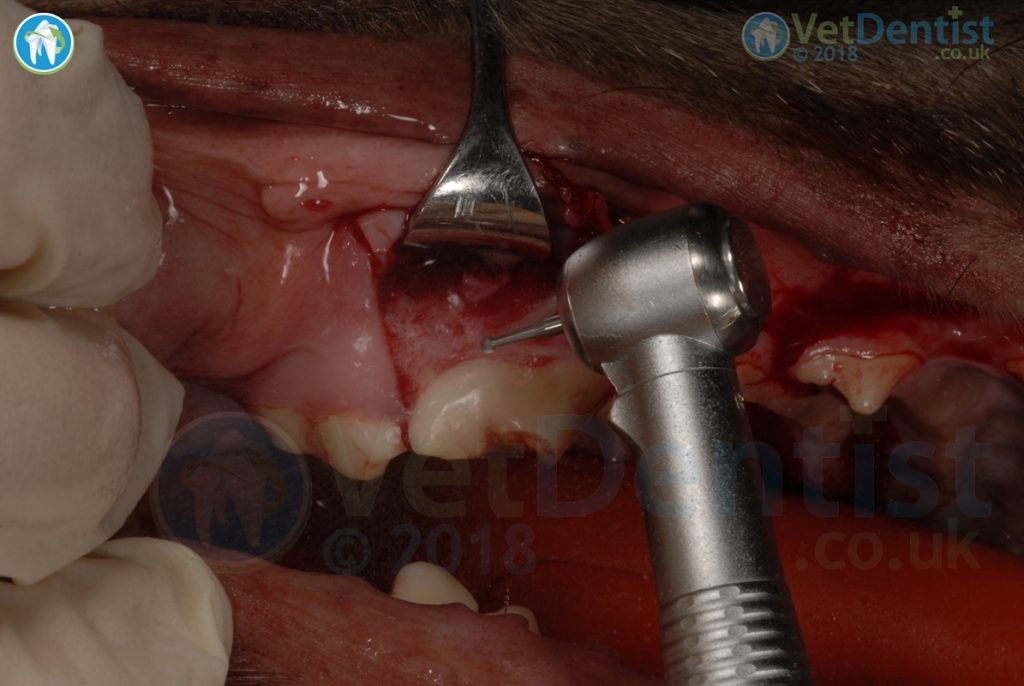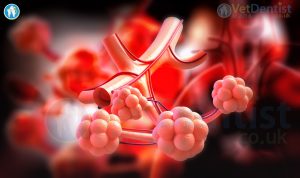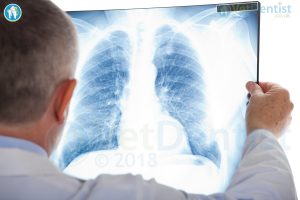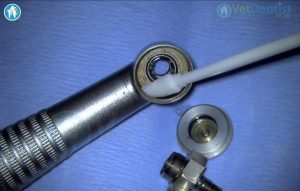
As discussed in the Dental Unit section, Dental Unit Water Lines (DUWLs) are almost designed to harbour biofilms and consequently a high bacterial and endotoxin burden.


However the units themselves can help ensure that agents are delivered past our normal defence mechanisms. The aerosol size produced by drills and ultrasonic scalers is around 5µm. This is small enough to bypass the normal respiratory filter mechanisms to reach right to the alveoli. Here it is easier for pathogenic agents to pass systemically.
We are used to considering the potential pathogens being spread from the infected mouths of our patients. However, we should now also consider the possible effects of the coolant fluids that our DUWLs are supplying into the handpieces as a potential Health & Safety risk.
 Oral Fluid Retraction
Oral Fluid Retraction
One other feature of dental units is the potential for high speed handpieces to “suck back” oral fluids when the footswitch is deactivated. The rotors within the handpiece continue to rotate, but, as the driving fresh air supply is absent, instead a vacuum is created potentially drawing in surrounding air and fluids. Potentially 1ml of oral fluids, or 25,000 bacteria can be aspirated. Modern handpieces, with anti-retraction valves, have largely prevented this problem (see the Steptococci section). However, successful operation depends upon the handpieces being regularly effectively cleansed, lubricated, maintained and replaced when required.
